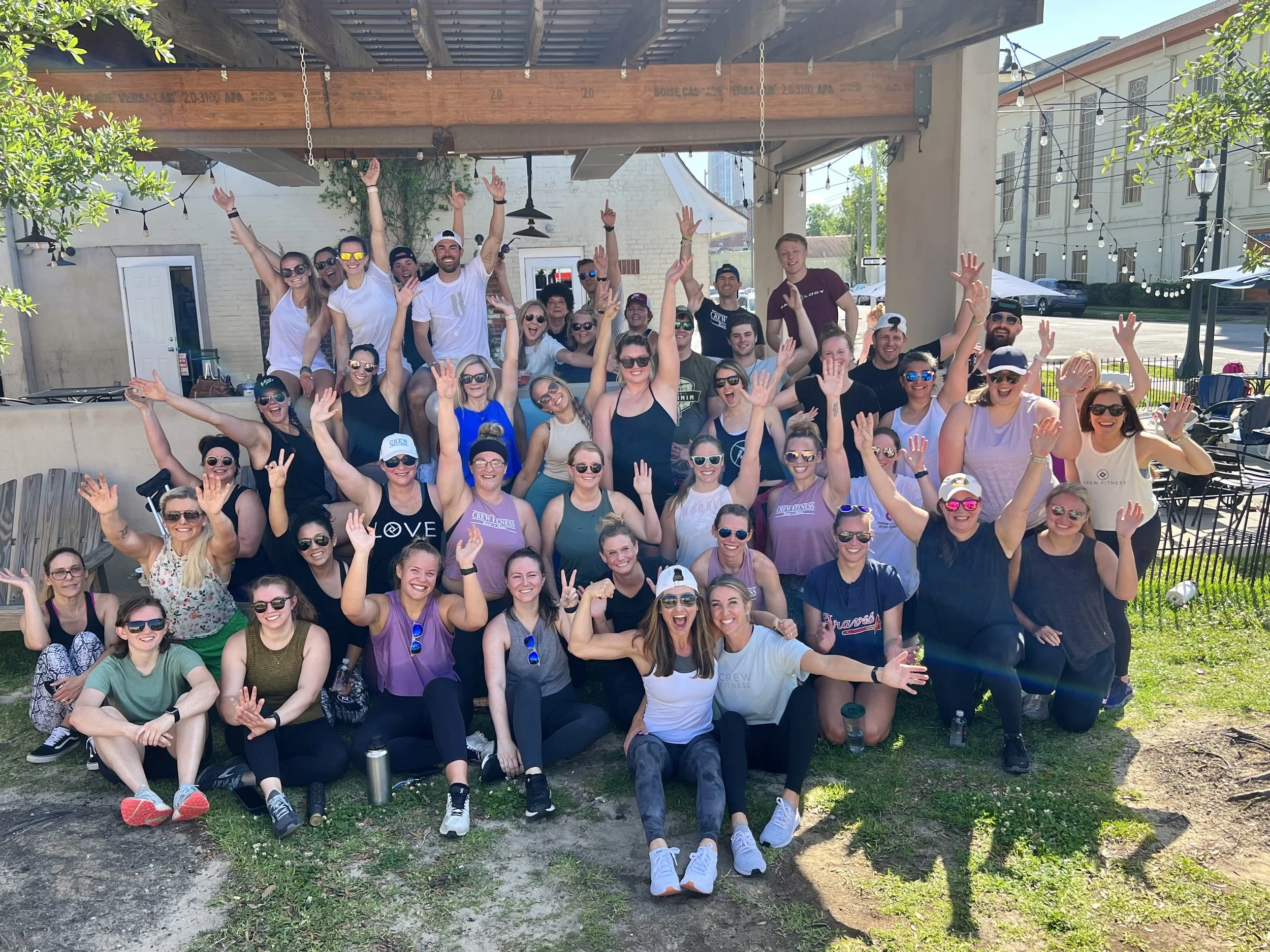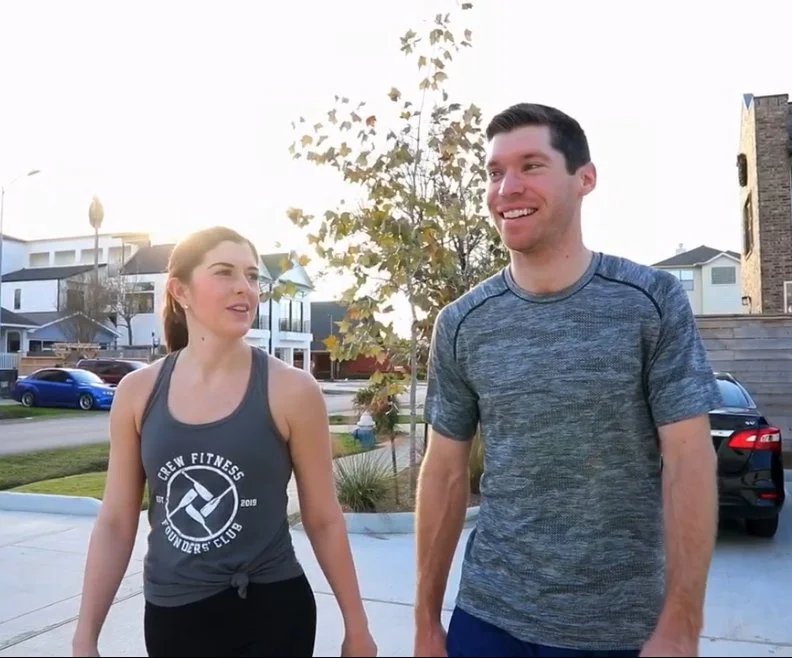The Fit for life test
The Ultimate Fitness Benchmark for Longevity
The Fit for Life Test measures the five pillars of fitness for longevity — strength, endurance, work capacity, power, and stability — through ten evidence-based assessments.
Each test is scored out of 10 points (some have two parts, worth 5 points each), for a total score out of 100.
WHAT YOUR SCORE MEANS
50 points = Basic Fitness Standard
You’re capable, independent, and meeting the physical demands of everyday life.100 points = Fit for Life Standard
You’ve achieved the gold standard for long-term health and performance—ranking in roughly the top 5% for your age and setting yourself up for an exceptional life in your 70s and beyond.
All standards are adjusted by decade, beginning at age 40, to account for natural changes in performance.
WHY IT MATTERS
Your Fit for Life Score gives you a clear picture of where you stand across the key metrics of lifelong fitness. It’s not a competition—it’s a diagnostic tool, like a physical exam for your body’s capability.
This test is the first step in the Fit for Life training program. As you train, your score becomes your progress tracker—proof that your effort is translating into strength, endurance, and resilience that last.
NEXT STEPS
Your coach will walk you through the assessment, review your results, and create a plan to improve your lowest-scoring areas. Score sheets and standards for each decade are provided for every test.
The goal isn’t perfection—it’s progression.
Every point gained means a longer, stronger, more capable life.
THE FIT FOR LIFE TEST
TEST 1: Raw Strength
3-Rep Deadlift
Tests posterior-chain strength, grip power, and total-body resilience
TEST 2: Lower-Body Strength
5-Rep Back Squat
Measures leg strength, hip/knee stability, and daily movement capability
TEST 3: Upper-Body Pull
Pull-Ups or Lat Pull-Down
Evaluates upper-back strength, posture, and lean-mass retention
test 4: Upper-Body Function
1-Rep Shoulder Press (5 pts) + 50m Farmer Carry (5 pts)
Tests real-world load capacity, shoulder stability, and grip endurance
4a) Shoulder Press: single rep barbell shoulder press, feet planted
4b) Farmer Carry: 50m unbroken carrying dumbbells
TEST 5: Aerobic Endurance: Choice of 5K Run or 10K Ride
Tests cardiovascular capacity and mitochondrial efficiency
TEST 6: Power
Jump (5 pts) + Sprint (5 pts)
Measures explosive force and short-term anaerobic power
5a) Jump: choice of either vertical or broad jump
5b) Sprint: choice of either 500m ROW or 1000m RIDE on Concept2 machines
test 7: Reaction & Agility
4-Cone Cognitive Test
Tests coordination, reaction speed, brain+body connection, and cognitive agility under fatigue
Setup:
4 cones in a 10×10 ft square. Label cones 1, 2, 3, 4.
Athlete moves to the cone, taps it, and returns fully to center before next cue
Scoring: Total correct touches in 60 seconds.
TEST 8: Core Stability
Pallof Press Hold (5 pts) + Plank Hold (5 pts)
Tests anti-rotation control, spinal endurance, and trunk stability
8a) Pallof Press Hold (5 points): Half-kneeling 24″ from anchor @ 20/15 band tension
8b) Plank Hold (5 points): Forearm plank
TEST 9: Mobility + Balance
Sitting-Rising Test (5 pts) + Single-Leg Stand (5 pts)
Assesses range, coordination, proprioception, and fall-risk resilience
9a) SRT :30 (5 points): Sit and stand from floor without hands or knees as many times as possible in :30
9b) Single-Leg Stand: Eyes closed single-leg hold. Test both sides.
TEST 10: Work Capacity
“Fit for Life 10”
Integrates strength + endurance to measure total functional output
AMRAP10:
250m/200m ROW
10 DB Step-Ups (40/25#, 24/20” box)
10 Burpees
































